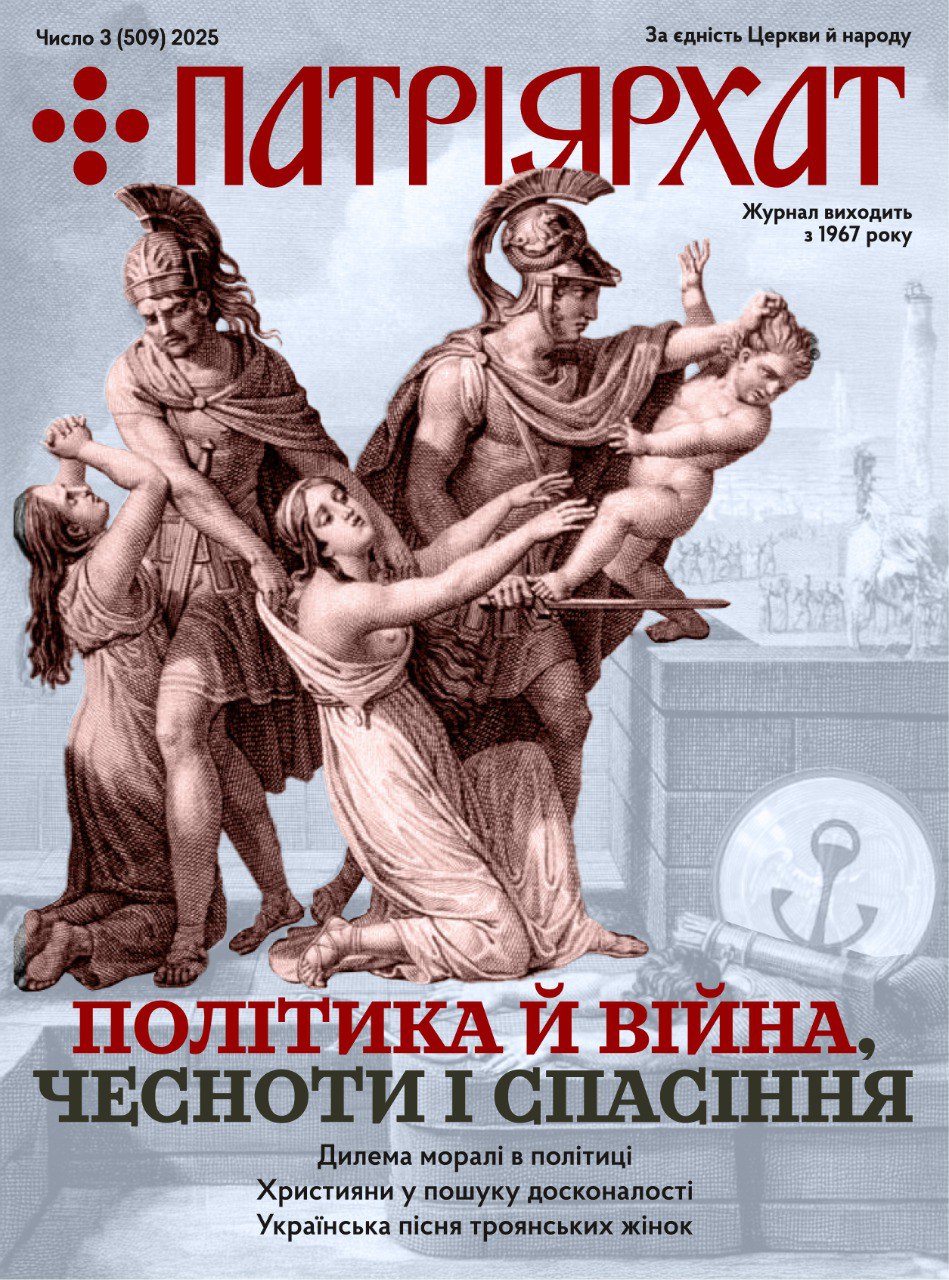During the formative period of the rites, the Eastern Churches adopted synodal structures in preference to the centralization favored by the Church of Rome. The early synods were the chief ecclesiological structures differentiating the Church of one culture from the Church of another. The patriarchates grew out of these national synods. Unlike the episcopace, and unlike the local Churches governed by national assemblies of the episcopace, the patriarchates were not Apostolic in orgin; as the history of the Constantinopolitan and Bulgarian patriarchates suggests, the legitimace of a patriarchate does depend, to some degree, upon recongnition by the other Churches, including that of Rome. But the Eastern synods were autonomous organic institutions, and neither they nor the patriarchates originated as creatures of the Roman authority. The current attempt of the Roman Church’s administration to claim ultimate jurisdiction over the internal affairs of the Oriental Churches, especially in regard to the establishment of synodal governments, appears to be at best unhistorical. Indeed, it seems to constitute a repudiation of the principles affirmed by the Fathers of the Vatican Council and of the validity of the Oriental ecclesiological heritage.
From the Eastern perspectrive, a local Orthodox Church which does not abide by an indigenous synodal constitution is a contradiction in terms. Quite simply, such a Church cannot exist. The Roman response to the Ukrainian Church’s pursuit of self-integrity and the Vatican’s determination to treat the several Ukrainian bishops as isolated individuals subject to the Roman Curial system can only be interpreted by the Ukrainians as an attempt to annihilate the Ukrainian Church. Since the seventeenth century the Ukrainians have shed their blood in an effort to remain faithful both to Rome and to Orthodoxy faithful indeed to the eschatological vision of a united Church. Now, it seems, they are being forced to choose between Rome and Orthodoxy, and to abandon the witness they bear.
If the Ukrainian Church should be obligated to surrender either her heritage or her communion with the Latin church, the effect will be tragic for the other Eastern Catholic Churches, for ecumenical hopes, and for the cause of renewal within the Roman Church. In the first place, the other Oriental Catholic Churches, which generally lack the fervent commitment to Orthodoxy characteristic of the Ukrainians and the Melkites, could look forward only to the further dilution of their proper traditions. Even the patriarchal Churches have suffered setbacks in recent years, particularly with respect to the autonomy of their jurisdictions in the diaspora and the integrity of their internal disciplines. Should the Ukrainian Church succumb, the others may endure for a while as liturgical ornaments of the Roman rite, but they will become rites without tradition and without purpose, differing from the Roman Church in nothing but cultic practice. The liturgies of the Eastern Churches are expressions of the spirit of Orthodoxy, and without that spirit these are pointless.
In ecumenical relations with the Orthodox East, the suppression of Ukrainian autonomy can only be seen, in the long run, as an impediment to unity. Perhaps it may lead to a short-term improvement in relations with the Moscow Patriarchate, but that improvement will be sought at the expense of the credibility of Roman promises to the Orthodox Churches. The second time the Fathers of the Varican Council made a «solemn» declaration was in the Decree on Ecumenism. There, «to remove any shadow of doubt,» they stated that the Orthodox Churches should «have the power to govern themselves according to their own disciplines, since these are better suited to the temperament of the faithful and better adapted to foster the good of souls. Although it has not always been honored, the strict observance of this traditional principle is among the prerequisites for any restoration of unity». If this principle is not observed in the case of Eastern Churches which are already in communion with Rome, the Orthodox have reason to doubt that it will be respected in the furre. The Orthodox, as such respected theologians as Father John Meyendorff and Father Alexander Schemann have insisted, are not just worried about Roman attempts to «latinize» their rituals; they are far more worried about the «latinization» of the soul of Eastern Orthodoxy. «Uniatism» has failed to inspire Orthodox interest in communion precisely because Rome has persisted in concentrating on the preservation of the ritual purity of the Eastern Catholic Churches, while neglecting to encourage the integrity of their Orthodoxy. The last thing Orthodoxy wishes to become is a «unique ornament» of Roman Catholicism, distinguished by nothing but «different ceremonies and the old venerated languages…come to us from the Apostles and the holy Fathers.» (Quoted from an encyclical letter of Pope Leo XIII on «The Dignity of the Oriental Churches.) Orthodoxy venerates WHAT the Fathers of the Church said, not HOW they said it. If it appears to the Orthodox that Rome seeks to reduce the catholic variety of ancient Christianity to the homogeneous form and style of a provincial Western Catholicism, they have little choice but to postpone communion.
Finally, the suppression of Ukrainian autonomy or the separation of the Ukrainian and Roman Catholic Church can only inhibit the Roman Church’s own search for viable reformed structures. Collegiality, subsidiarity, local responsibility, an aversion to bureaucracy and legalism, a sense of the Divine Economy, active and vital lay participation, pneumatic spirituality, and the close personal relationship of clergy and laity in small sacramental communities are all inherent in the living Orthodox tradition. Insofar as Orthodoxy is represented in Catholicism, they are all properly part of contemporary Catholic ecclesiology they all exist within Catholicsim, not as visions or as dreams, but as actualities. As actualities, they challenge contrasting practices in the Latin Church, and oblige Western ecclesiology to acknowledge their essential Catholicity. Moreover, since this Orthodox heritage arose from historical circumstances in which the Churches were frequently obliged to function despite the hostility of the state, surviving and bearing witness to the Gospel in spite of harassment and persecution by Muslims, Latins, Mongols, Mamlukes, Ottomans and Soviets, it offers modern Roman Catholicism a thousand years’ worth of experience for coping with a world from which Christendom has disappeared. But the Eastern Catholic Churches can only testify to the Orthodox dimensions of Catholicism if they are permitted to be themselves.
Both Roman conservatives, who want the Eastern Catholic Churches to speak with the voice of Tridentine Latin Catholicism, and Roman liberals, who often seem disappointed when these Churches do not become excited about the same things which interest Western reformers, miss the point that any kind of narrow «latinization» threatens to stifle the Orthodoxy of the Eastern Catholic Churches, and to make these Churches meaningless. The Eastern Catholic Churches are neither liberal nor conservative variants of the Church of Rome. They exist to remind conservative Romans that Catholicism is not bound by transitory philosophies or cultural preconceptions, while reminding radical Westerners that the radicalism of Christian freedom is rooted in the historical tradition of the institutional Church. The Eastern Catholic Churches share the vocation to be Orthodox, so that the Great Church may be Catholic.
(Sophia, vol. 3, No. 4 1973, Melkite Exarchate, West Newton, Mass. USA.)

